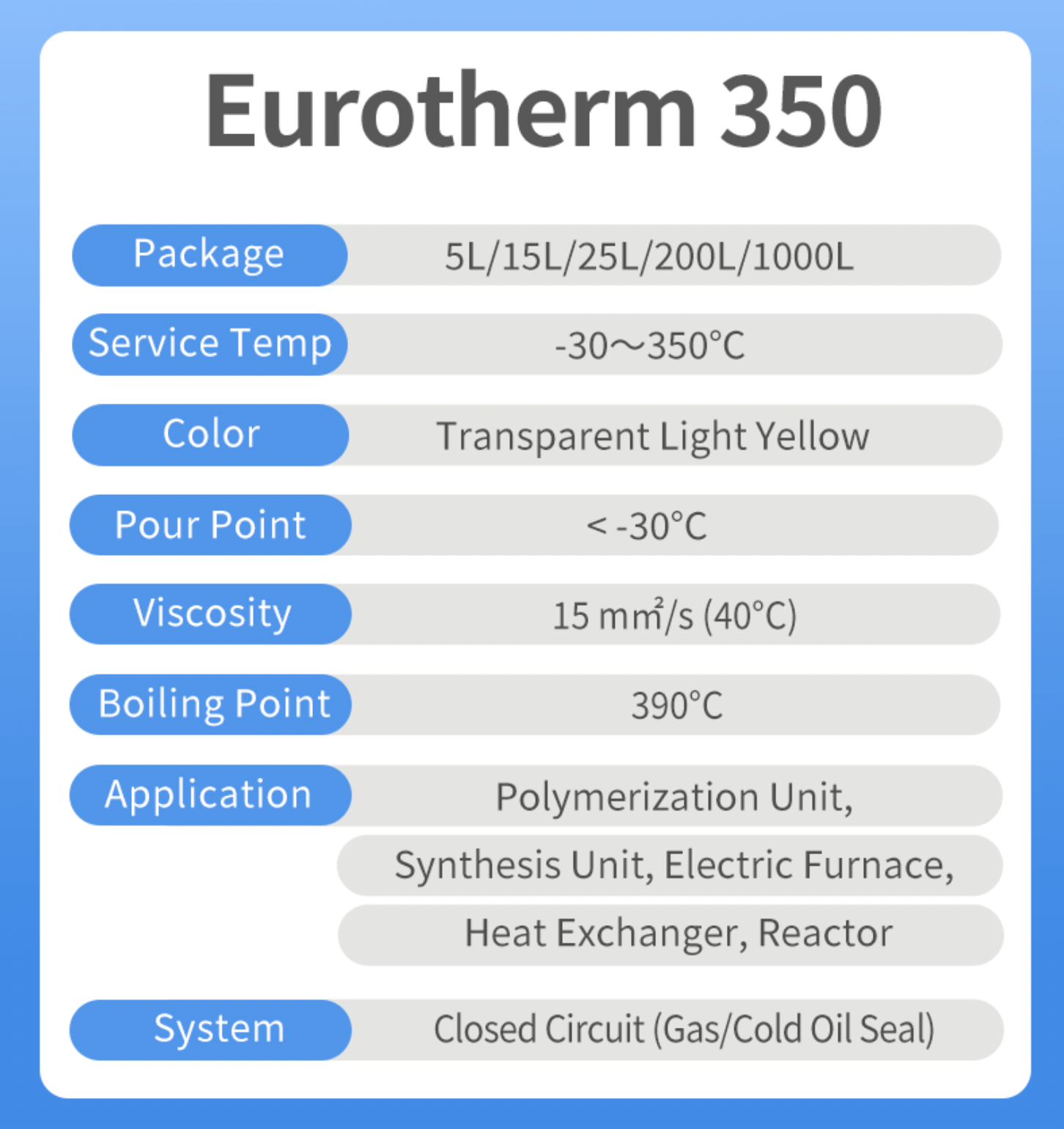The Definitive Guide to Chemie
The Definitive Guide to Chemie
Blog Article
Chemie - An Overview
Table of ContentsAll About ChemieSome Known Factual Statements About Chemie Little Known Questions About Chemie.Unknown Facts About ChemieThe Main Principles Of Chemie An Unbiased View of Chemie
By Bojanna Shantheyanda, Sreya Dutta, Kevin Coscia and David SchiemerDynalene, Inc. Fluid cooling, which can be attained utilizing indirect or direct methods, is utilized in electronic devices applications having thermal power thickness that may exceed risk-free dissipation with air cooling. Indirect fluid air conditioning is where warmth dissipating digital elements are physically separated from the liquid coolant, whereas in case of straight air conditioning, the parts remain in direct contact with the coolant.Nonetheless, in indirect cooling applications the electrical conductivity can be important if there are leakages and/or spillage of the liquids onto the electronic devices. In the indirect air conditioning applications where water based fluids with rust preventions are generally made use of, the electrical conductivity of the liquid coolant mainly relies on the ion focus in the fluid stream.
The increase in the ion focus in a shut loophole liquid stream might happen as a result of ion leaching from steels and nonmetal elements that the coolant liquid is in contact with. During operation, the electrical conductivity of the liquid may enhance to a degree which could be harmful for the cooling system.
The smart Trick of Chemie That Nobody is Talking About
(https://chemie999.wordpress.com/2025/01/10/discover-chemies-innovative-heat-transfer-solutions/)They are grain like polymers that can exchanging ions with ions in an option that it is in call with. In today job, ion leaching examinations were carried out with various metals and polymers in both ultrapure deionized (DI) water, i.e. water which is dealt with to the highest degrees of purity, and low electric conductive ethylene glycol/water blend, with the determined modification in conductivity reported with time.
The examples were allowed to equilibrate at room temperature for two days prior to tape-recording the first electric conductivity. In all examinations reported in this research study fluid electric conductivity was measured to a precision of 1% using an Oakton disadvantage 510/CON 6 collection meter which was calibrated before each dimension.
The Ultimate Guide To Chemie
from the wall surface home heating coils to the facility of the heating system. The PTFE example containers were placed in the heating system when stable state temperature levels were reached. The examination configuration was removed from the furnace every 168 hours (seven days), cooled down to space temperature level with the electrical conductivity of the liquid measured.
The electrical conductivity of the fluid example was kept track of for a total of 5000 hours (208 days). Schematic of the indirect closed loophole cooling experiment set-up. Components used in the indirect closed loop cooling experiment that are in contact with the fluid he said coolant.

Some Known Factual Statements About Chemie
The modification in liquid electric conductivity was kept track of for 136 hours. The fluid from the system was gathered and saved.

0.1 g of Dowex resin was included to 100g of liquid samples that was taken in a different container. The combination was mixed and alter in the electrical conductivity at space temperature level was determined every hour. The determined modification in the electric conductivity of the UP-H2O and EG-LC test liquids including polymer or metal when engaged for 5,000 hours at 80C is shown Number 3.
The smart Trick of Chemie That Nobody is Talking About
Ion seeping experiment: Measured adjustment in electric conductivity of water and EG-LC coolants having either polymer or steel examples when submersed for 5,000 hours at 80C. The results suggest that steels contributed fewer ions right into the fluids than plastics in both UP-H2O and EG-LC based coolants.
Liquids including polypropylene and HDPE displayed the most affordable electric conductivity adjustments. This can be due to the short, inflexible, linear chains which are less most likely to add ions than longer branched chains with weak intermolecular pressures. Silicone likewise performed well in both examination fluids, as polysiloxanes are usually chemically inert as a result of the high bond energy of the silicon-oxygen bond which would prevent degradation of the product into the liquid.
All about Chemie
It would certainly be anticipated that PVC would certainly generate similar outcomes to those of PTFE and HDPE based on the comparable chemical structures of the materials, nonetheless there might be various other pollutants existing in the PVC, such as plasticizers, that might impact the electric conductivity of the liquid - heat transfer fluid. Furthermore, chloride teams in PVC can also seep right into the examination liquid and can cause a boost in electric conductivity
Buna-N rubber and polyurethane revealed indications of deterioration and thermal decay which suggests that their feasible utility as a gasket or sticky material at higher temperatures could lead to application problems. Polyurethane completely degenerated into the examination fluid by the end of 5000 hour test. Figure 4. Before and after photos of metal and polymer samples submersed for 5,000 hours at 80C in the ion seeping experiment.
Measured adjustment in the electrical conductivity of UP-H2O coolant as a function of time with and without resin cartridge in the shut indirect cooling loop experiment. The determined change in electrical conductivity of the UP-H2O for 136 hours with and without ion exchange material in the loop is revealed in Number 5.
Report this page